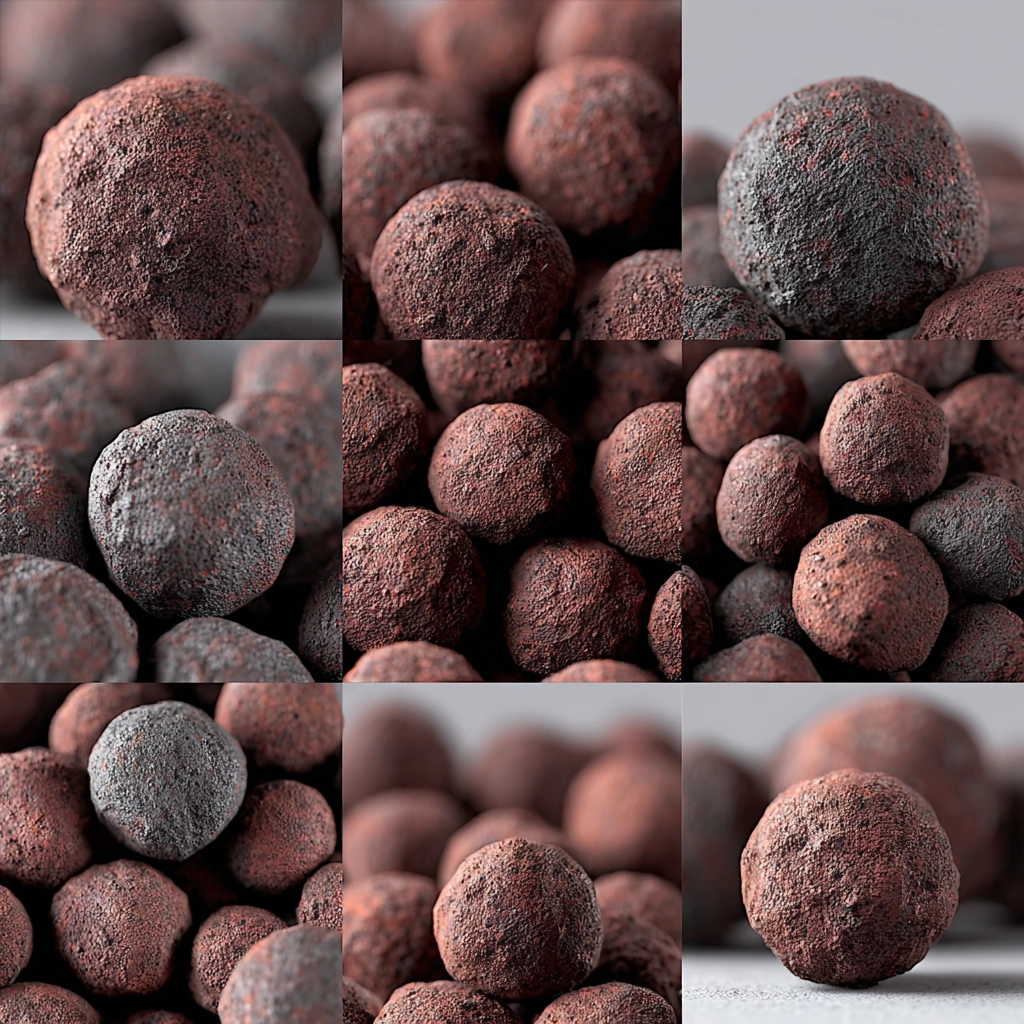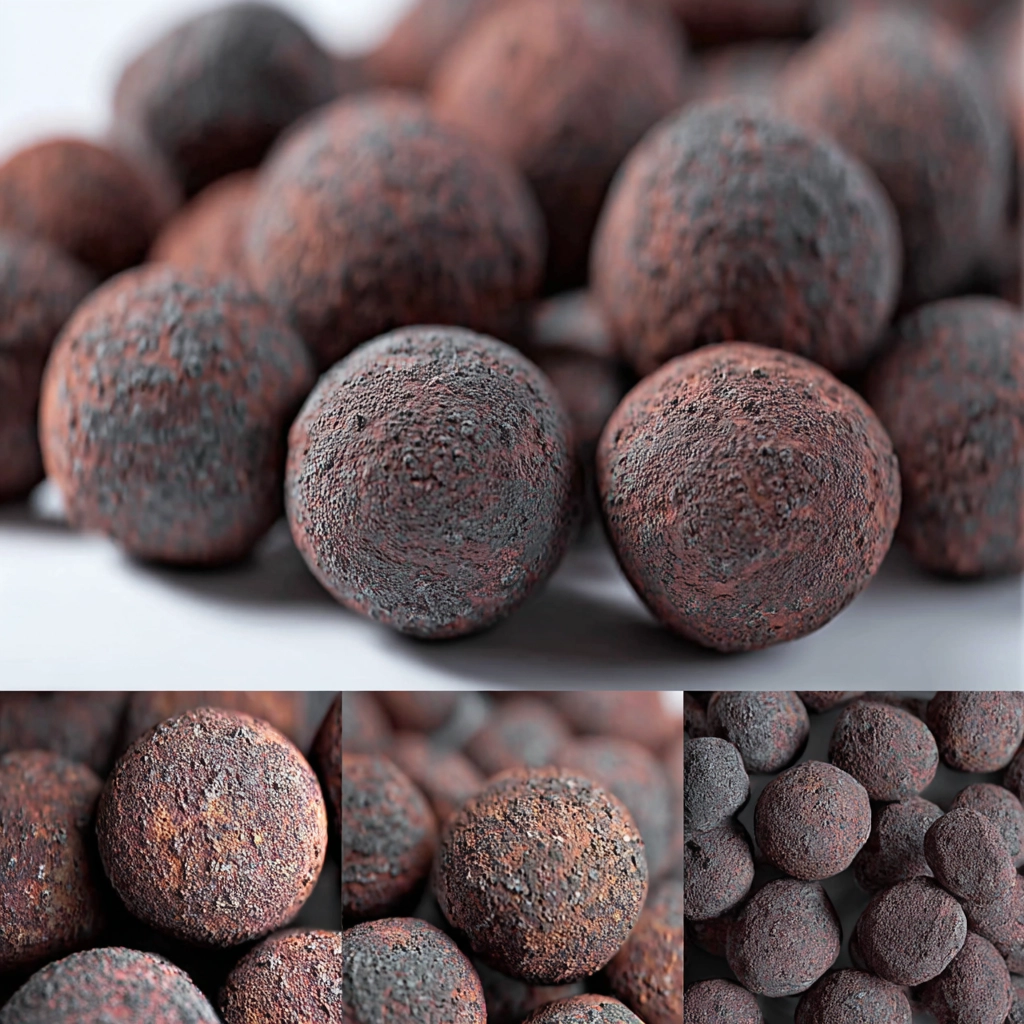


Pellets serve as a fundamental raw material in steel production and play a key role in metallurgical processes. With high compressive strength and uniform structure, these pellets are produced from iron ore and additives and are effectively utilized in blast furnaces and direct reduction methods.
Thanks to their suitable reducibility and low impurity content, pellets enhance steel production efficiency and help reduce energy consumption during the smelting process. Additionally, due to their high quality, they significantly contribute to lowering production costs and increasing productivity in the steel industry.


Pellets, with characteristics such as high compressive strength, uniform quality, and suitable reducibility, have wide applications in the steel industry. Produced from processed iron ore and additives, these pellets are effectively used in blast furnaces and direct reduction processes for iron and steel production.
By reducing impurities and improving steel quality, pellets not only enhance productivity but also optimize energy consumption. Their high stability at varying temperatures and resistance to mechanical stress make pellets a key factor in improving industrial processes.
Pellets are the final product of the pelletizing process and serve as a primary raw material in the production of pig iron in blast furnaces, as well as in the production of sponge iron through various direct reduction methods. These pellets are produced from a combination of iron ore and additives. Initially formed in a raw state, they undergo a hardening or firing process to achieve the desired quality for use in various industries.
For effective utilization in blast furnaces and direct reduction processes, pellet quality—particularly in terms of strength and transportability—is critical. The pelletizing process plays a vital role in improving iron and steel production efficiency, as pellets help increase productivity and reduce energy consumption during smelting. Ultimately, pellets are recognized as an essential component of the iron and steel industry, contributing to improved quality and reduced production costs.
High-quality pellets with suitable strength are a vital component in iron and steel production. Produced from processed iron ore, these pellets play a key role in increasing the efficiency of blast furnaces and direct reduction processes by reducing impurities and improving melting performance.
Quality pellets not only enhance steel quality but also reduce production costs and lower energy consumption in industrial processes. Our company provides pellets that meet global standards, using advanced technology and premium raw materials.
Our team of experts ensures that your products perform optimally in steelmaking operations. With timely delivery, technical consulting, and competitive pricing, we are the ideal partner for your business. Our high-quality pellets help you achieve greater productivity and superior product quality.
For effective utilization in blast furnaces and direct reduction processes, pellet quality—particularly in terms of strength and transportability—is critical. The pelletizing process plays a vital role in improving iron and steel production efficiency, as pellets help increase productivity and reduce energy consumption during smelting. Ultimately, pellets are recognized as an essential component of the iron and steel industry, contributing to improved product quality and reduced production costs.

| Fe Total | FeO | P | S | CaO+MgO | Al₂O₃+SiO₂ | B4 |
|---|---|---|---|---|---|---|
| 66% min | 0.6% max | 0.05% max | 0.01% max | 2.8% max | 2.7% max | 1.04% max |
| Size | CCS (Kg/P) | A.I | T.I | Porosity |
|---|---|---|---|---|
| 8-16 mm / Ave. 85% | 240 Ave | 3.5% max | 95% min | 19-24% |



WhatsApp us